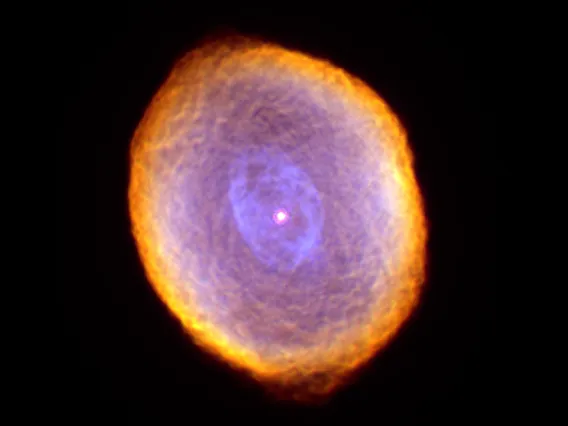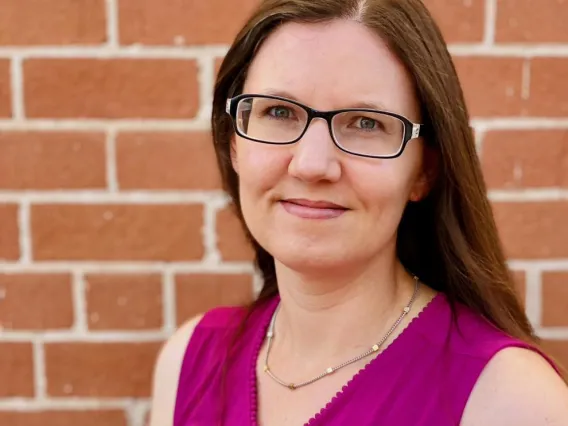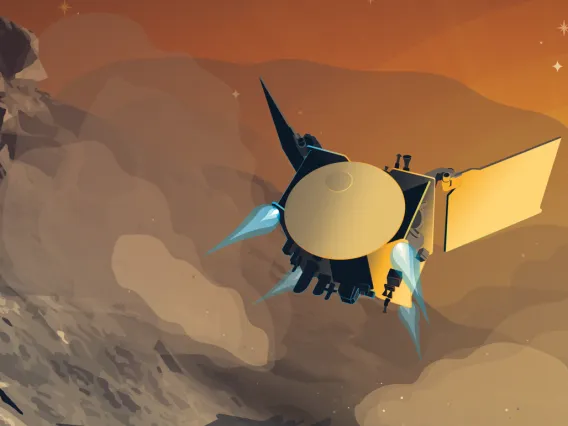LPL Spotlight Stories

OSIRIS-REx Scientists: Taking Asteroid Sample Was Like Punching a Ball Pit
Before-and-after images and measurements revealed a treasure trove of data from the few seconds that it took for the OSIRIS-REx spacecraft to collect an asteroid sample, which is currently en route to Earth.

Dying stars could seed interstellar medium with carbon nanotubes
Evidence suggests that carbon nanotubes, tiny tubes consisting of pure carbon, could be forged in the envelopes of dust and gas surrounding dying stars. The findings propose a simple, yet elegant mechanism for the formation and survival of complex carbon molecules in space.

How to Spot Asteroids
“Stay up all night,” says Gregory Leonard, a research scientist at the University of Arizona’s Catalina Sky Survey, who uses a network of powerful telescopes to find and track what NASA calls near-Earth objects, including asteroids that come within 120 million miles of the sun. Go looking in a place without light pollution on a cloudless night with a steady atmosphere. Avoid a full moon.

Dr. Sarah Moran Named UArizona Sursum Fellow
Dr. Moran was selected for her proposal on Haze Evolution in sub-Neptune Exoplanets through UV Laboratory Experiments.

Dr. Sukrit Ranjan Joins LPL Faculty Starting Fall 2022
Sukrit's work is focused on the origin of life on Earth, the search for life on other worlds, and the atmospheres of rocky exoplanets. He applies photochemistry to questions related to the origin of life on Earth and the search for life on other worlds.
Dr. Kathryn Volk, Vera Rubin Early Career Prize Winner
LPL Research Scientist Dr. Kathryn Volk has been named the recipient of the Vera Rubin Early Career Prize, which recognizes an early career dynamicist who demonstrates excellence in scientific research in dynamical astronomy. Dr. Volk received her Ph.D. from LPL in 2013.

NASA Gives Green Light for OSIRIS-REx Spacecraft to Visit Another Asteroid
The extended mission, dubbed OSIRIS-APEX, will study the near-Earth asteroid Apophis, which will have a close encounter with Earth in 2029.

Small but Mighty: How UArizona Professors are Harnessing the Power of Algae to Capture Carbon
An astrobiologist, an engineer and an ecologist have teamed up to mitigate the worst effects of climate change.

Dr. Tyler Robinson Joins LPL Faculty Starting Fall 2022
Ty conducts theoretical studies of the atmospheres of extrasolar planets and brown dwarfs and has made major contributions to the planning for the next NASA great observatories. He has had great success in building diverse research groups.

UArizona to Help NASA Understand Solar Wind and Plasma With HelioSwarm Mission
Most visible matter in the universe exists as plasma, and NASA has funded a new mission to study this state of matter that's rarely found on Earth.
Pagination
- First page
- …
- 7
- 8
- 9
- …
- Last page

